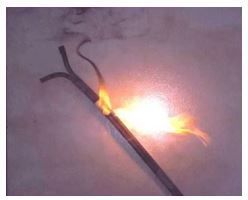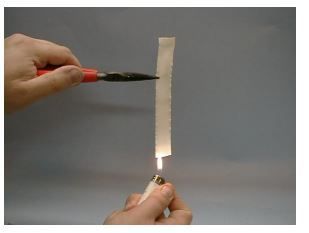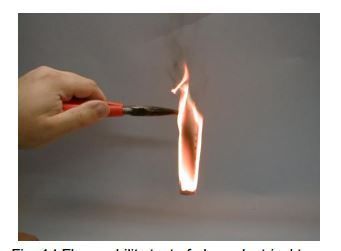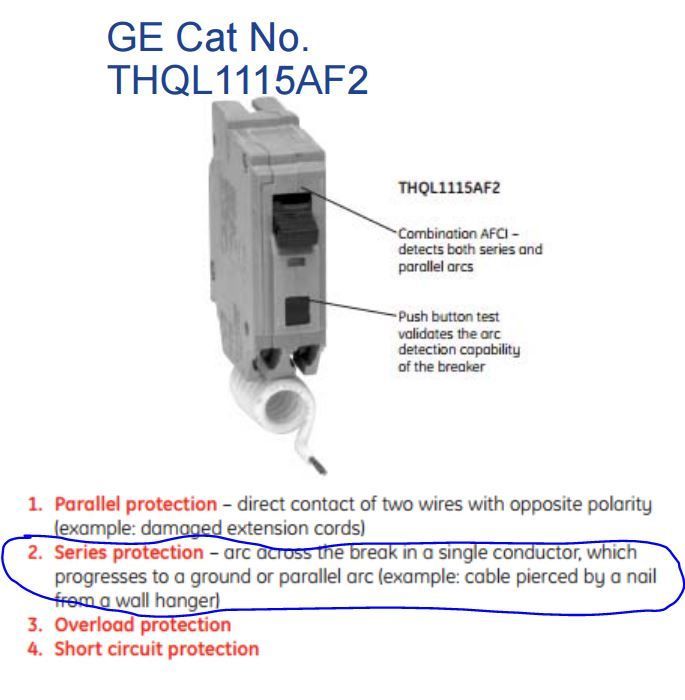bphgravity
Senior Member
- Location
- Florida
Guys. Its only one of (4) tests. This particular test simulates a common event that occurs in cord-and-plug connected equipment downstream from other connected loads. A common example would be furniture that has been unintentionally placed on a flexible cord or pushed up against a wall where cord-and-lug connected equipment is plugged into a receptacle outlet.
A series cut in one conductor is simulated in one of the other tests.
There is no "what if I" scenario. There are two series tests, there are two parallel tests. PERIOD.
A series cut in one conductor is simulated in one of the other tests.
There is no "what if I" scenario. There are two series tests, there are two parallel tests. PERIOD.








